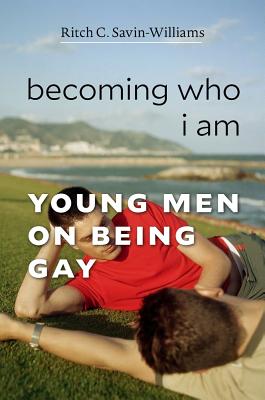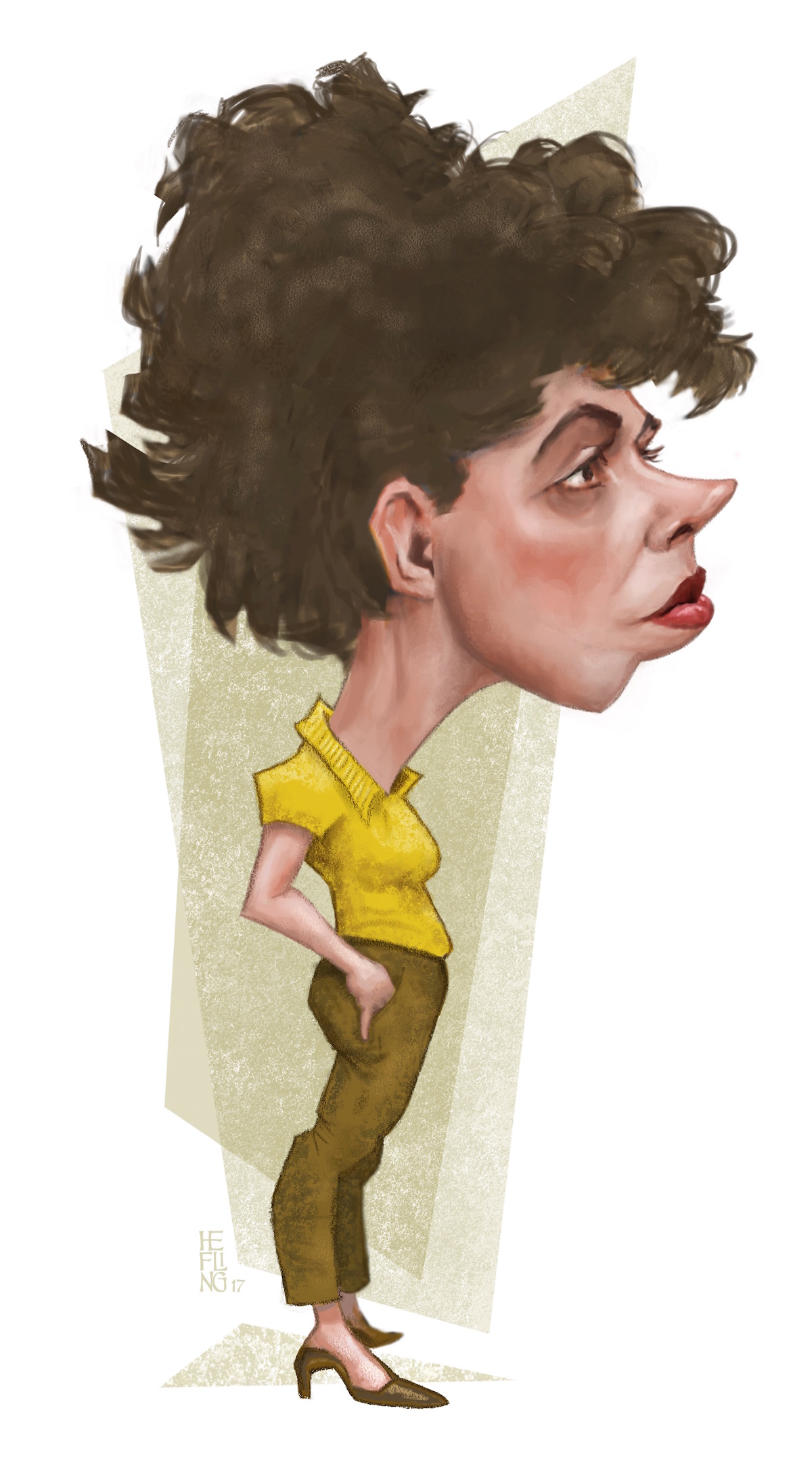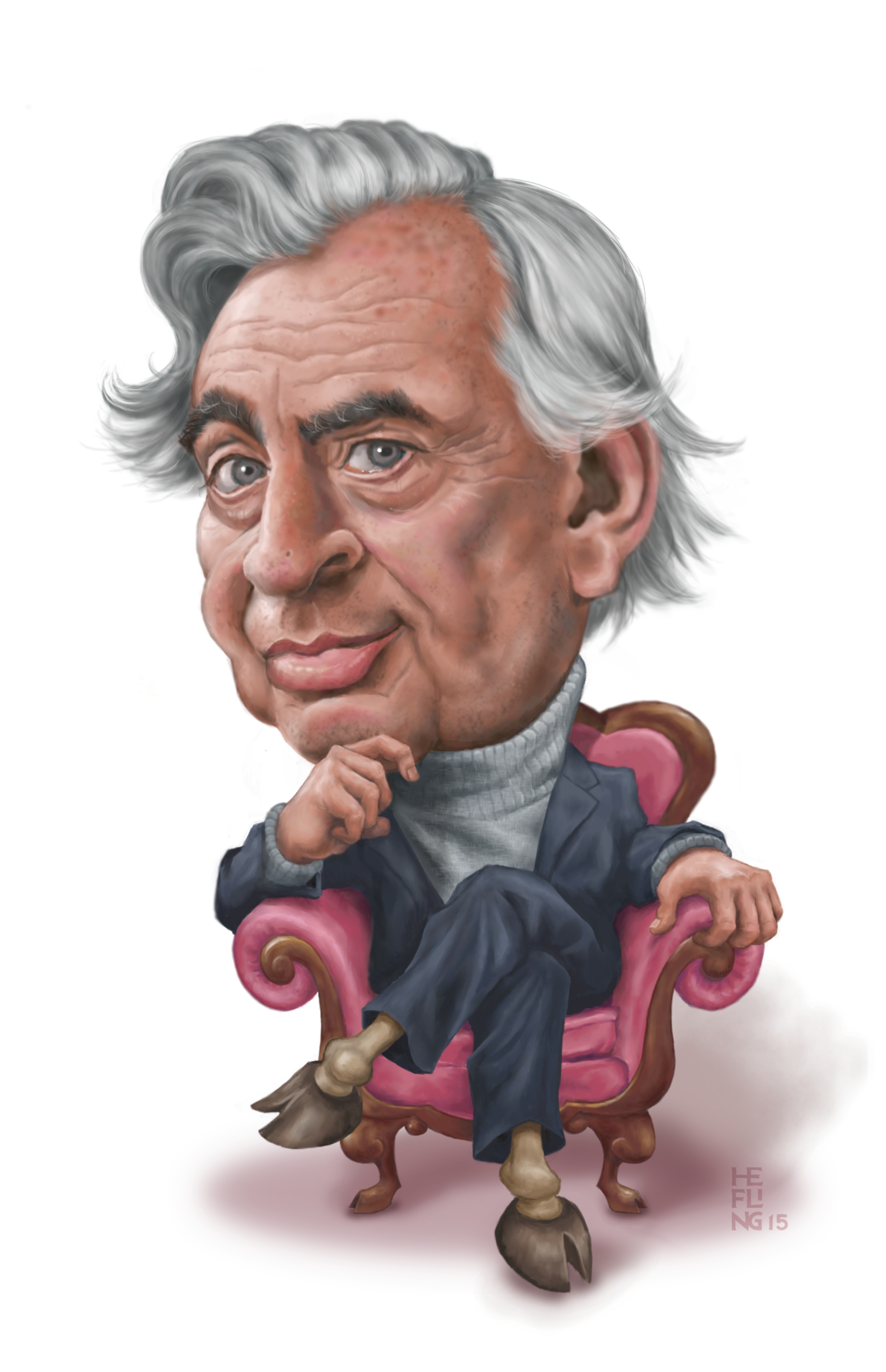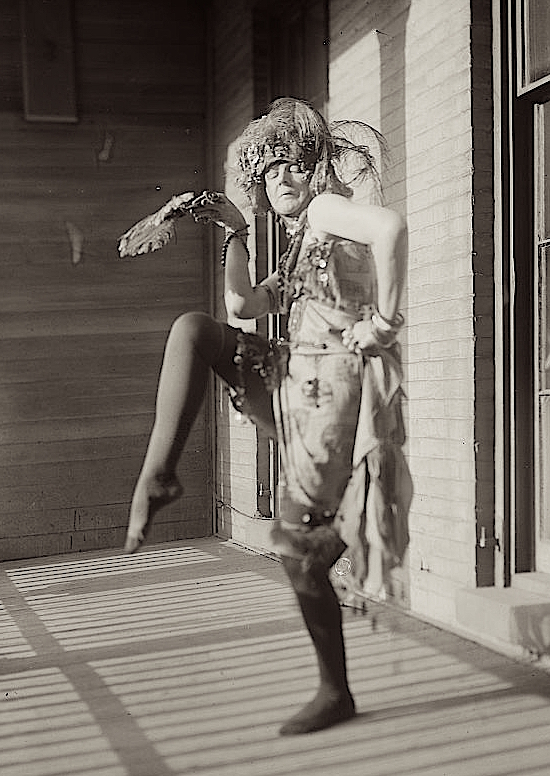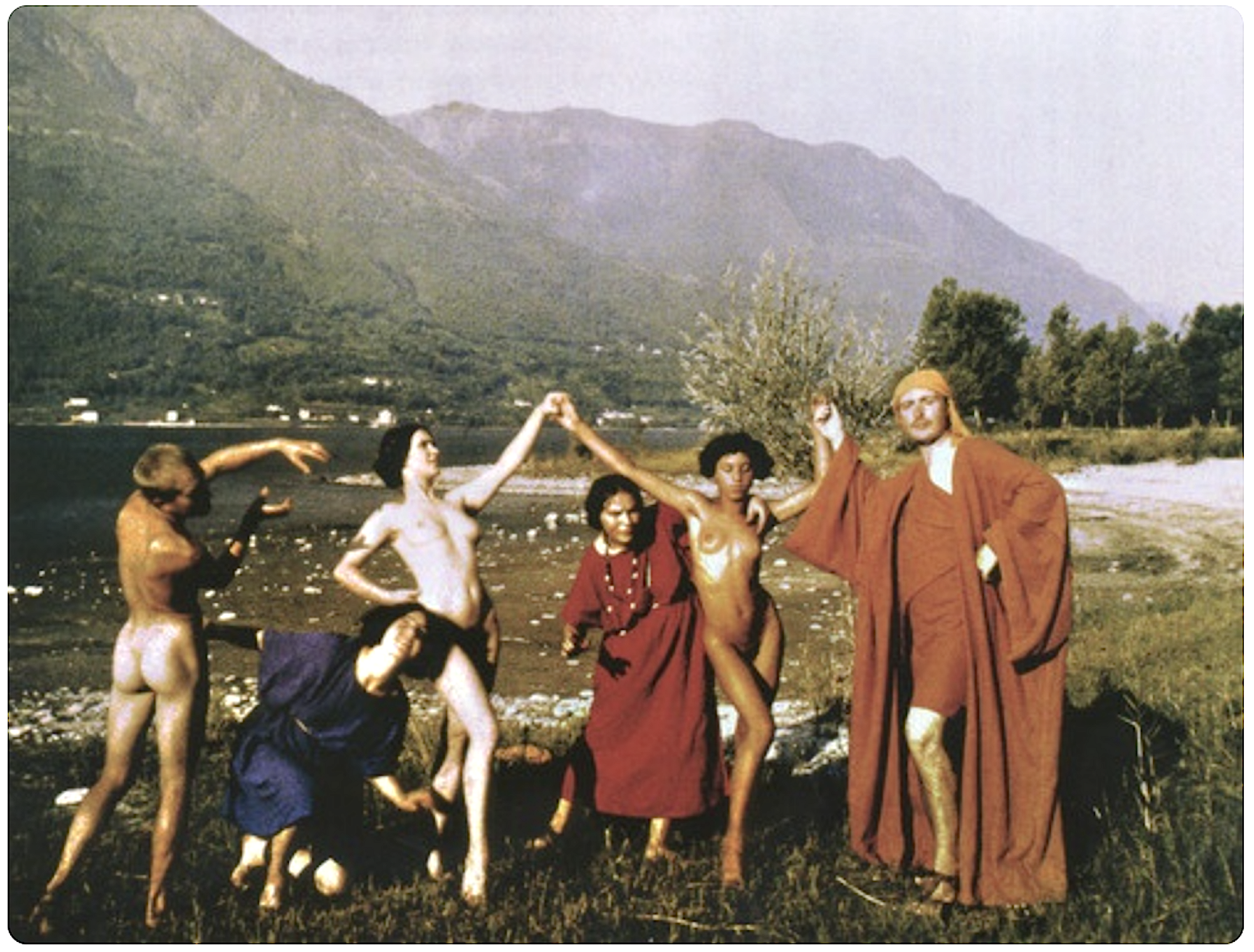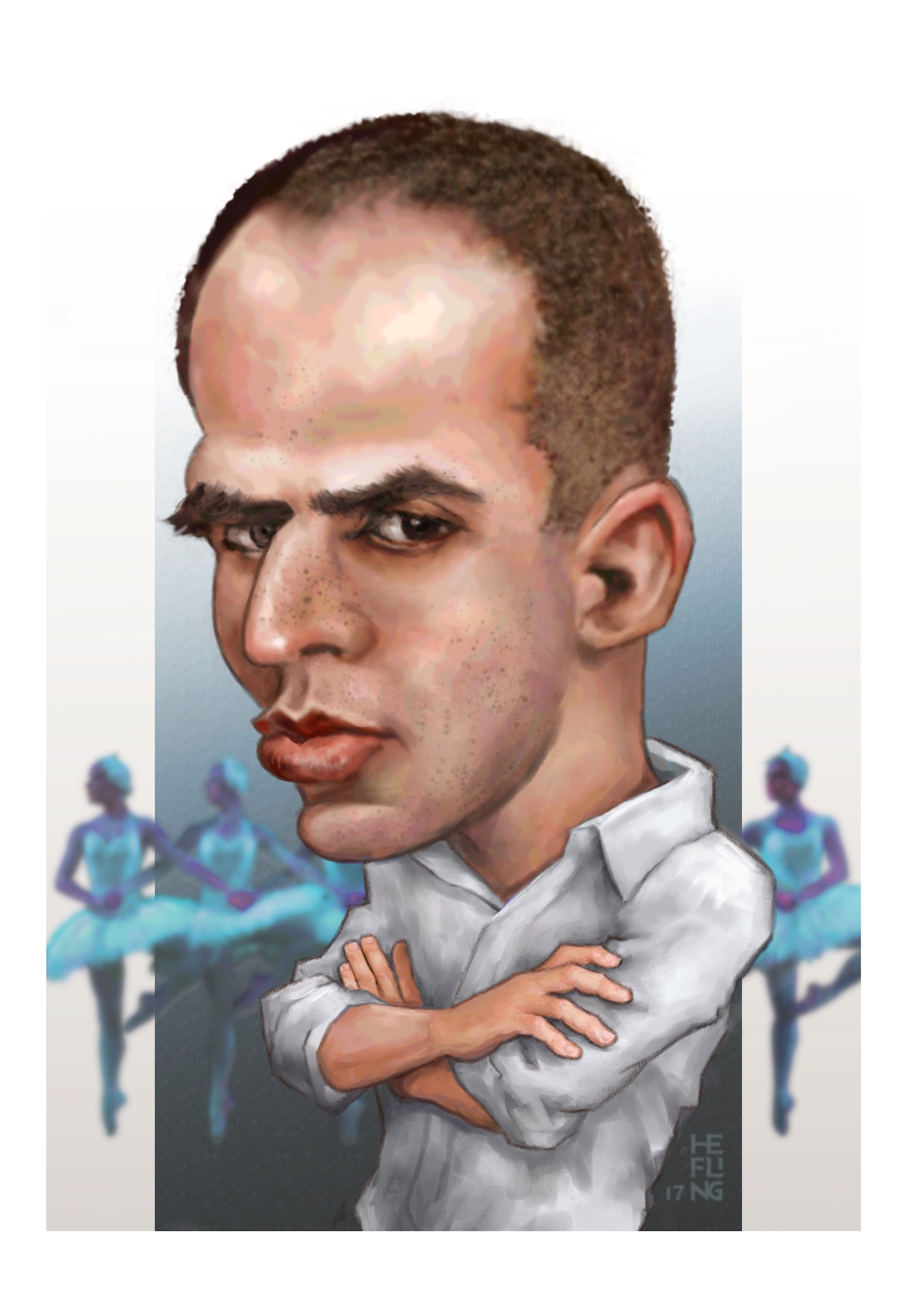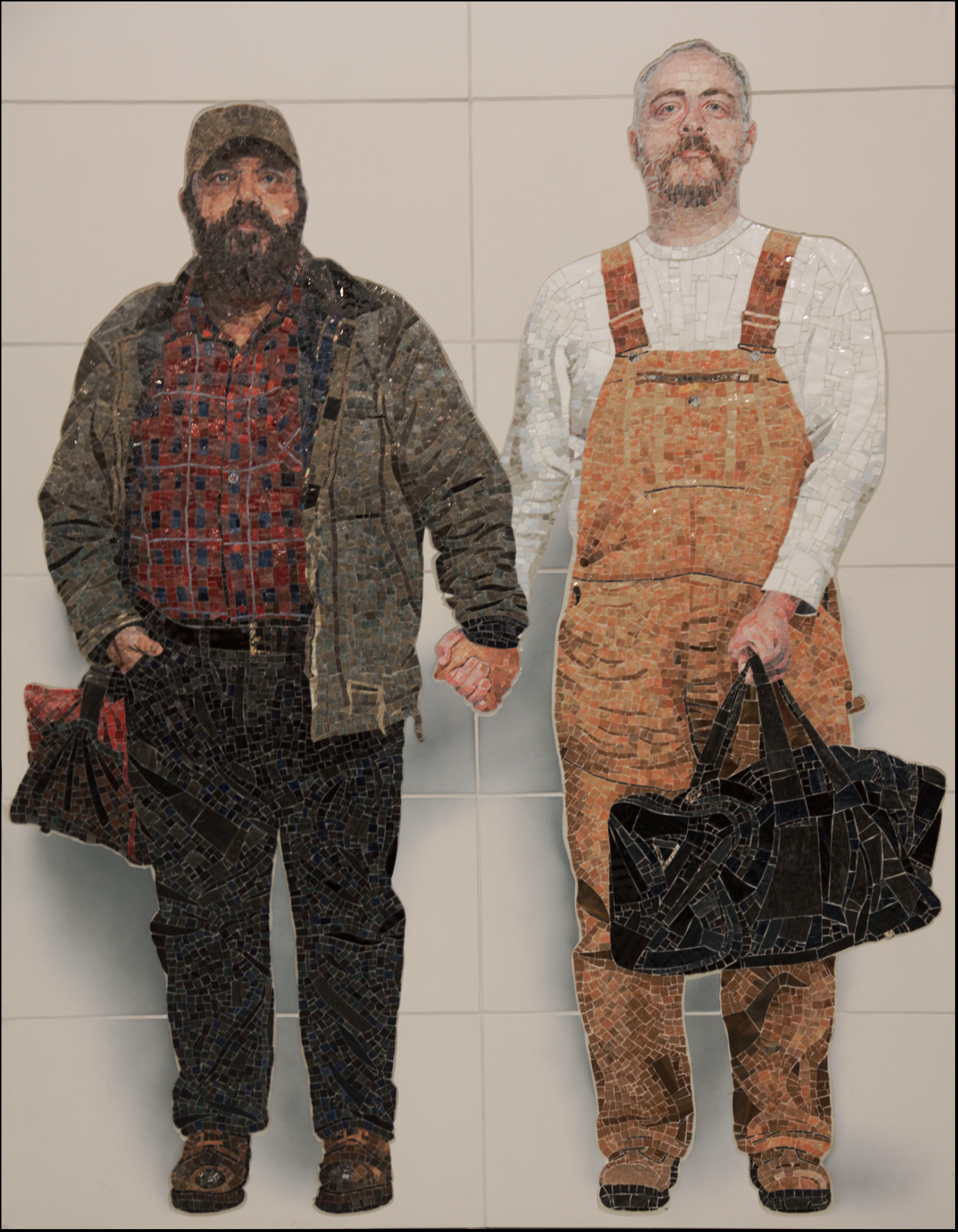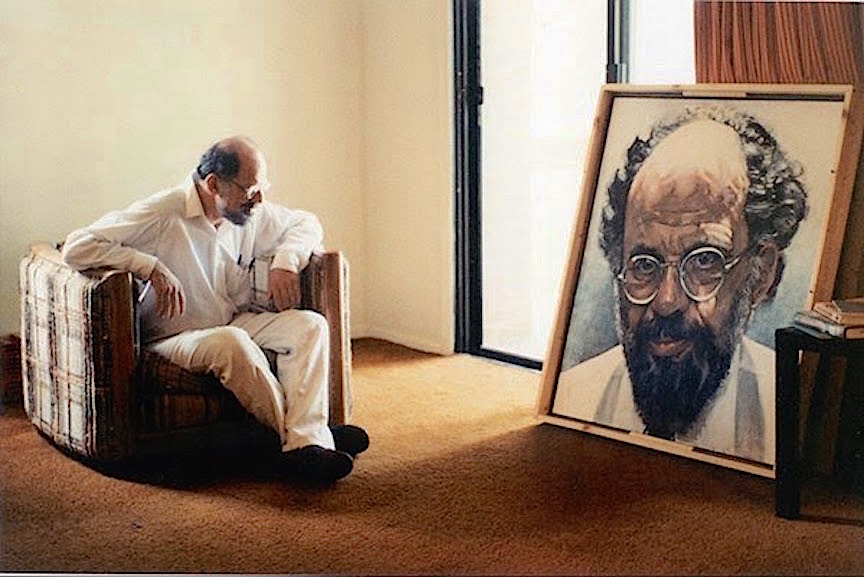
Heart of the Beat Generation
The Best Minds of My Generation is a compendium of lectures Ginsberg delivered at the Naropa Institute in Boulder, Colorado.
The interviews in First Thought: Conversations with Allen Ginsberg have never been included in previous collections, which makes this an especially important anthology.
More

